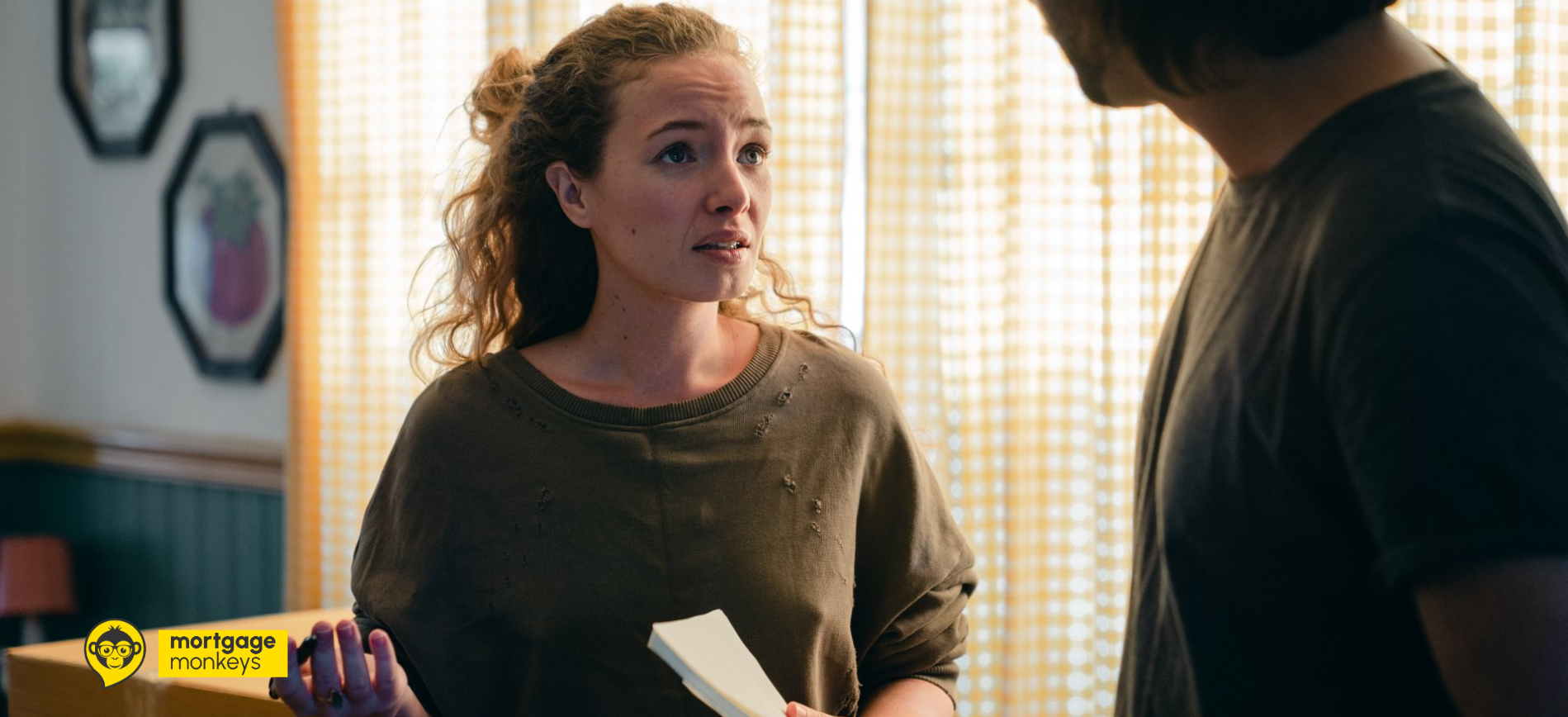Get the best out of your BTL mortgage
Many fixed mortgage deals will be approaching the end of their term this October, so it’s a good idea to review your buy-to-let mortgage.
With interest rates still at low levels and demand for rental properties increasing around the country, investing in a buy-to-let (BTL) is a popular choice for many.

Buy-to-let basics
A BTL mortgage is a specific type of product for those who want to buy a property with the intention of renting it. Because of this, there are different terms and rules around a BTL mortgage (compared to a regular mortgage for a property the buyer intends to live in.)
- With a BTL mortgage, the anticipated rental income is taken into account when the lender calculates how much you can borrow.
- A BTL mortgage could suit investors with enough equity to put down a deposit of at least 20% of the value of the property (but some lenders could require up to 40%.)
- Your credit record is closely scrutinised with a BTL mortgage, as with a regular mortgage application.
- Interest rates for BTL mortgages are usually higher than a regular mortgage.
Things to remember
If you have a BTL mortgage already and its fixed interest rate term is coming to an end, you may be thinking about switching products or providers to gain a better deal.
Here are some other things to look out for:
- Examine all of your options into the type of product to suit your investment going forward. A financial adviser is best placed to help you with this.
- Don’t forget to research any fees and charges around changing your product too, as these could be higher than you expect.
- When changing products, you may be asked about your property’s rental income history in order to assure any new lenders that you are able to keep up with mortgage payments.
- Show that you have sufficient savings to cover any gaps in rental periods when your property could be unoccupied.
- For your own peace of mind, having a cushion of savings available to cover any essential repairs is important.
If you are looking to remortgage your BTL property or are thinking about transferring your mortgage to a different provider, our advisers can help you find a product that best suits you.
Some buy to let mortgages are not regulated by the Financial Conduct Authority.
YOUR PROPERTY MAY BE REPOSSESSED IF YOU DO NOT KEEP UP REPAYMENTS ON A MORTGAGE
Key takeaways:
- Many fixed mortgage deals will be approaching the end of their term this October, so it’s a good idea to review your BTL mortgage.
- BTL mortgages come with different terms and rules than a regular mortgage.
It’s important to research all of your options when changing BTL mortgage products. A financial adviser is best placed to help you with this.
We offer initial fee free, no obligation advice, so just call us for a chat and let us help you to get the most from your property investment.








Nepali Mortgages is a trading style of James Paul Beadell which is an appointed representative of The Openwork Partnership, a trading style of Openwork Limited which is authorised and regulated by the Financial Conduct Authority.
The information on this website is for use of residents of the United Kingdom only. No representations are made as to whether the information is applicable or available in any other country which may have access to it.
Approved by the Openwork Partnership on 28th May 2024





